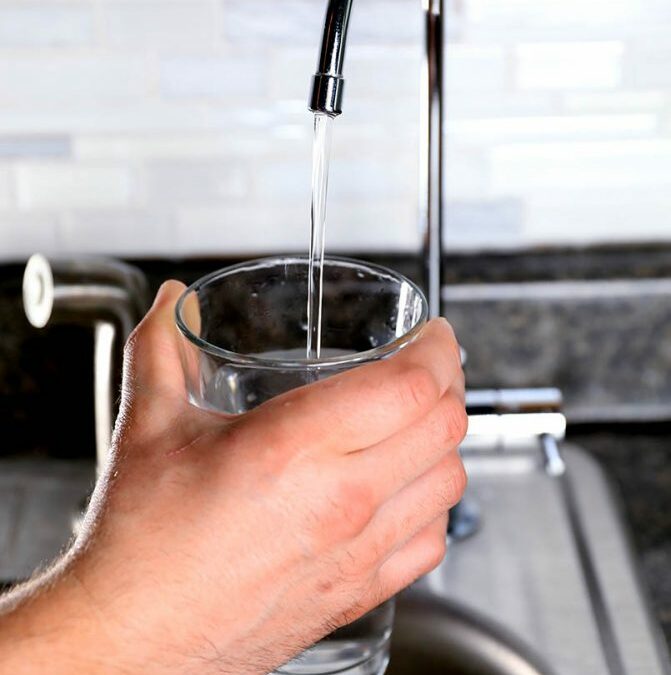 PFAS are a kind of industrial chemical that have made their way into pretty much every drinking water supply in the country. Although the US EPA has said that levels of PFAS below 70 ppt (parts per trillion) are safe, more and more states are disagreeing with the EPA and setting much lower levels.
PFAS chemicals are used for their ability to resist liquids and reduce friction. They are probably most widely known for their use in non-stick frying pans, but they are used in literally hundreds of other products. They don’t biodegrade and they stay in our bodies for decades, giving them the name “forever chemicals.”
PFAS are a kind of industrial chemical that have made their way into pretty much every drinking water supply in the country. Although the US EPA has said that levels of PFAS below 70 ppt (parts per trillion) are safe, more and more states are disagreeing with the EPA and setting much lower levels.
PFAS chemicals are used for their ability to resist liquids and reduce friction. They are probably most widely known for their use in non-stick frying pans, but they are used in literally hundreds of other products. They don’t biodegrade and they stay in our bodies for decades, giving them the name “forever chemicals.”
They are linked to a number of health problems, including cancer, reproductive problems, liver problems and kidney problems. Which is why there are more calls for regulation of their levels in drinking water.
What is a “safe” amount of PFAS in drinking water? That number has been dropping rapidly. In 1990, amounts below PFAS levels below 1000 ppt were considered safe. In 2010, the EPA lowered that to 400 ppt then lowered it again in 2015 to 70 ppt. More and more states are proposing levels as low as 6 ppt.
As of now, there are no laws regulating PFAS in drinking water. But there is one very clear step you can take to eliminate PFAS from your home’s drinking water: install a reverse osmosis filter. An RO filter will eliminate PFAS from your family’s drinking water. You don’t need to wait for government action.

